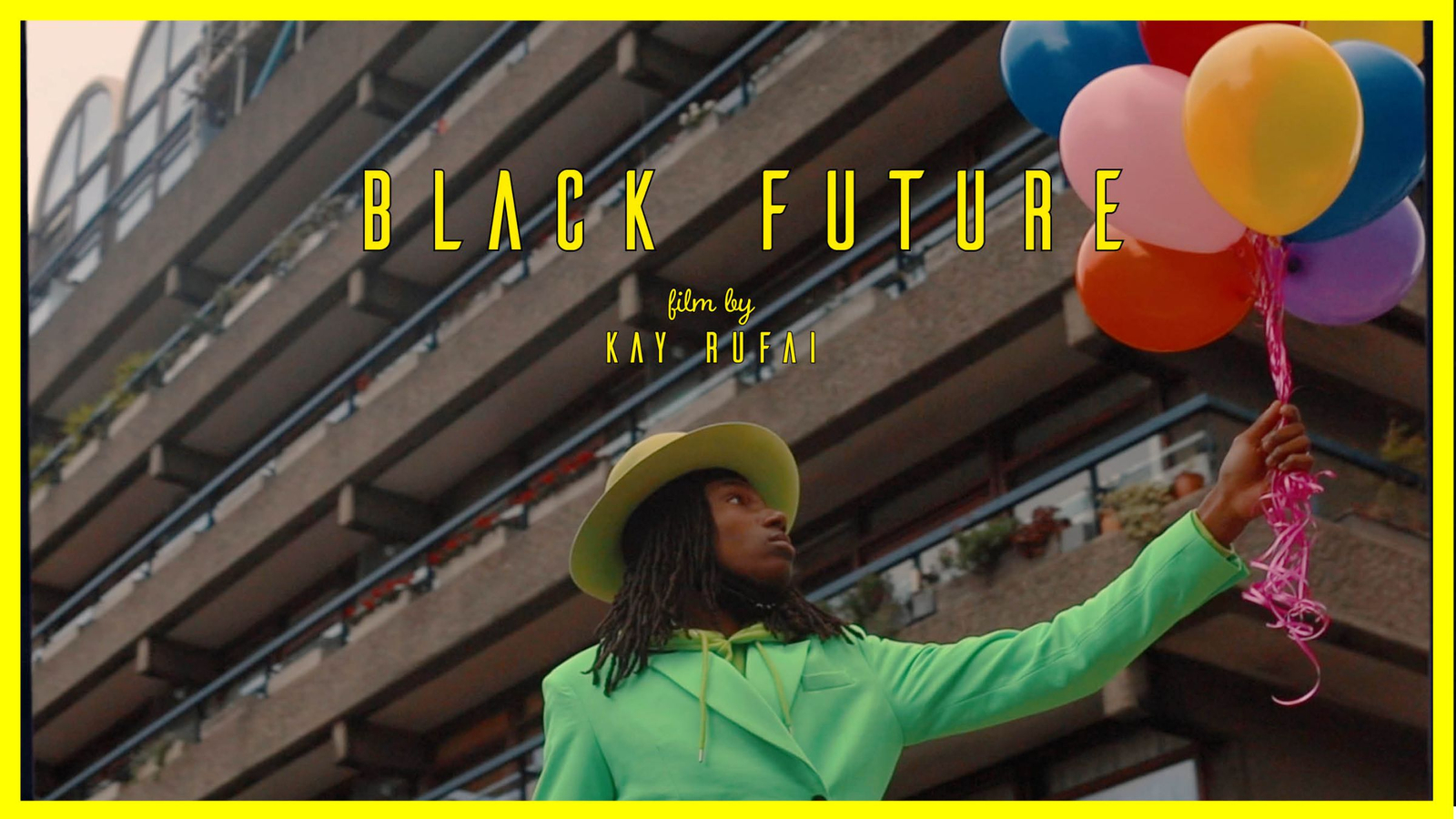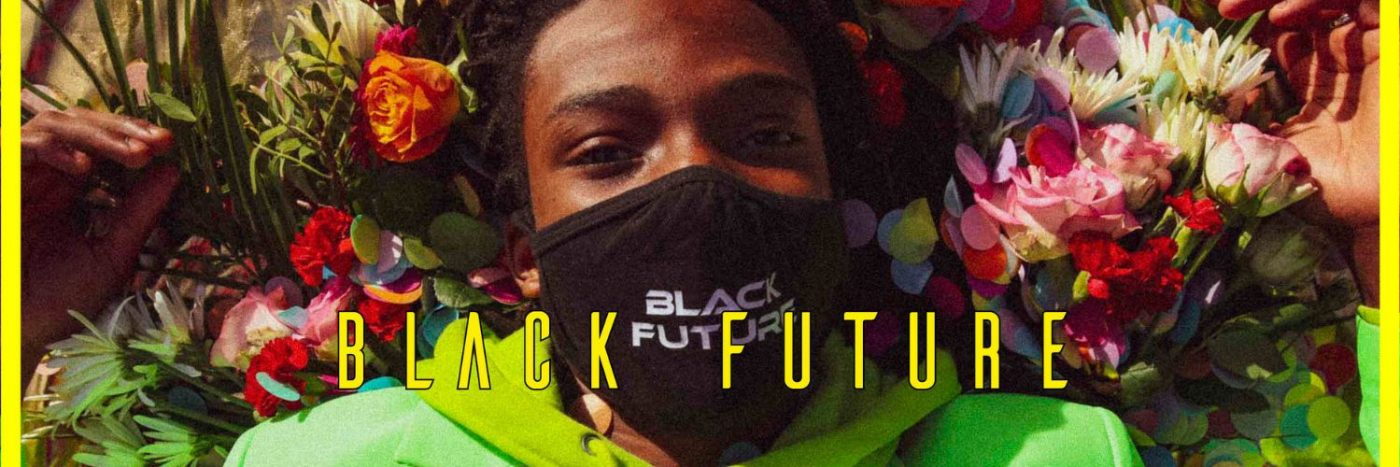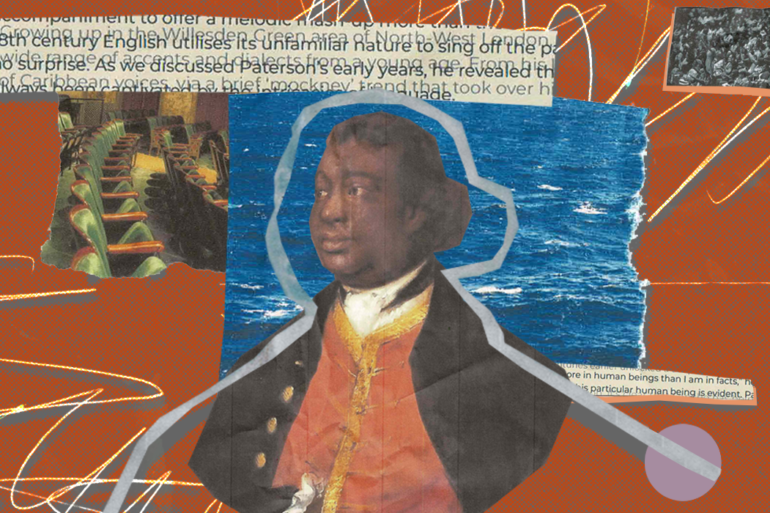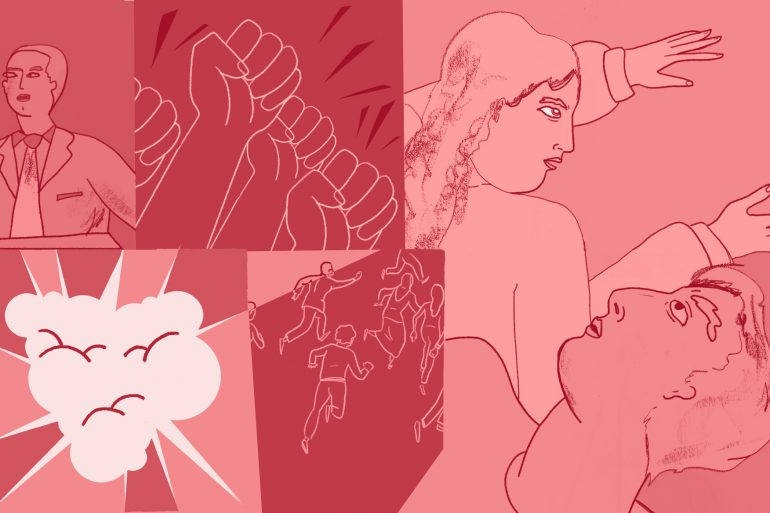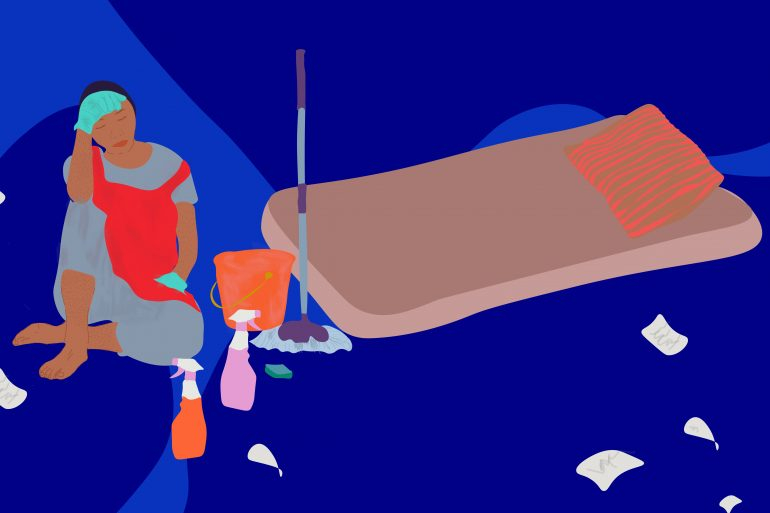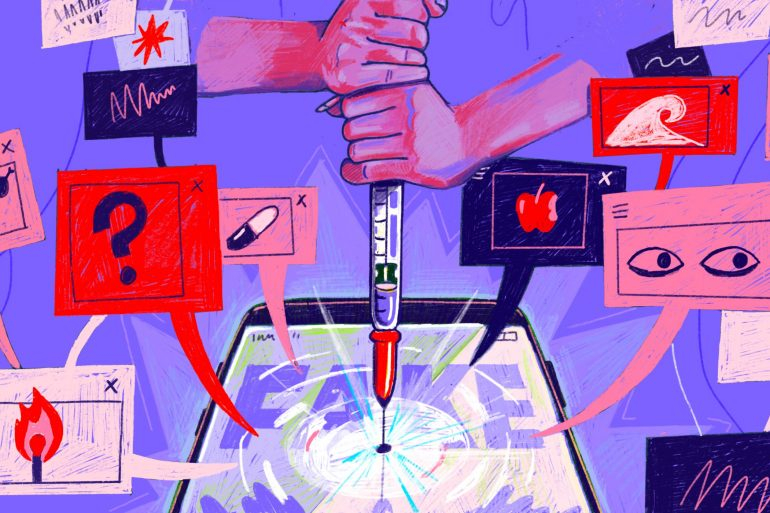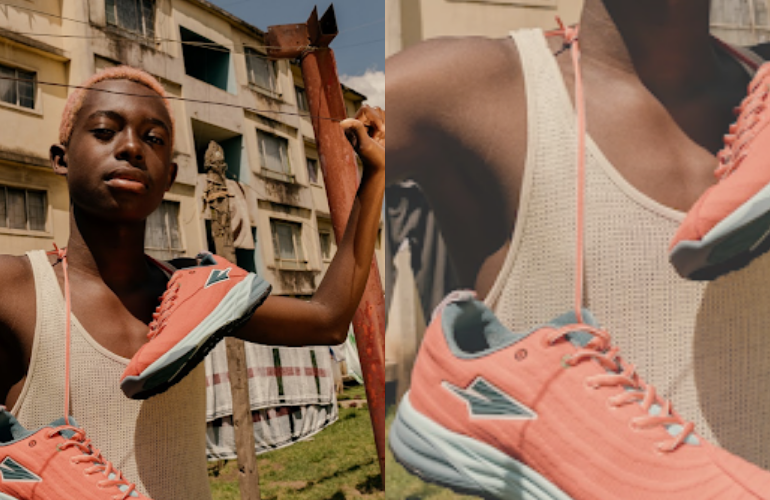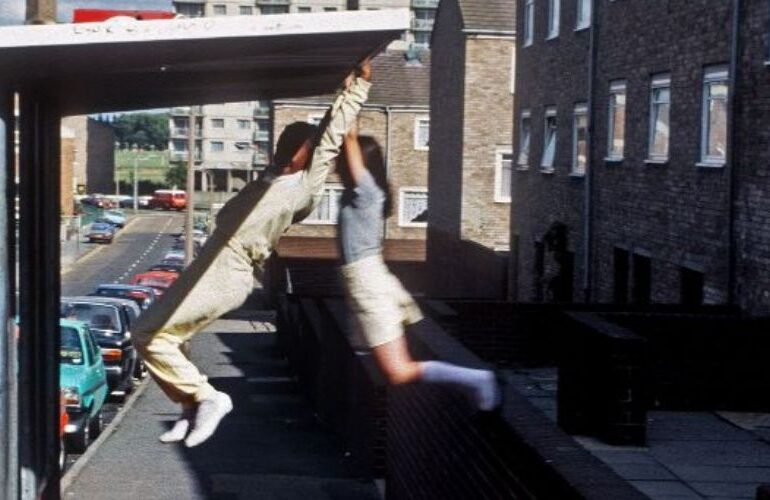‘Multidisciplinary’ is a bit of a buzzword in the artistic sphere, but as a photographer, poet, filmmaker, mental health researcher, playwright and immersive artist, it’s the best way to describe the powerhouse that is Kay Adekunle Rufai and his latest project Black Future.
Kay has spent the past three years exploring public health approach to violence reduction, mental health, masculinity and community cohesion through art, photography, educational workshops and public speaking. At the heart of his work is a belief in collaboration, and for the past five years his work has spanned from Scandinavia to Colombia to Ethiopia, engaging with a wide range of groups who might not otherwise have access to creative outlets, including: inmates, gang members and refugee and displaced groups of people. Black Future was commissioned by Wandsworth council as part of their Black History Month celebration. Using dance, poetry and film, Black Future depicts themes such as racism, violence and Black masculinity in the current context of 2020 and imagines a future for Black folks unhindered by systematic oppression and its effect on the Black psyche.
Can you tell us more about the creative process behind Black Future?
Black Future started with the initial request by Wandsworth council to write a piece about Black history and how that connected to me. Many Black artists will tell you that Black History Month tends to bring about an increased offer of partnerships with gestures based, in some cases, on tokenised Black artistry. However, in this case, the commission was a continuation of my long standing relationship with the council which is based upon the holistic commitment to my artistic practices and the work that I do around masculinity, identity, patriarchy and mental health.
The first step for this commission was to interrogate my feelings about Black history and the context around what has happened in the last six months. So I tried to imagine, from history to today’s present, what the future could look like; that underpinned my thinking process, me trying to imagine what the world post-recent BLM uprisings could mean for a Black future. After writing the piece and seeing how powerfully it resonated with me, I felt like I needed to visualise it; to bring it to life more than just on a page. So I recorded the audio for it and collated the music and once that was put together I realised, ‘okay, this needs to be seen!’. That solidified my desire to create the concept into a short film. I decided to use an actor to tell this visual story of the tenderness and vulnerability of Black masculinities as we try to navigate this path and the social ills that exist within that. That’s how the Black Future came to life.
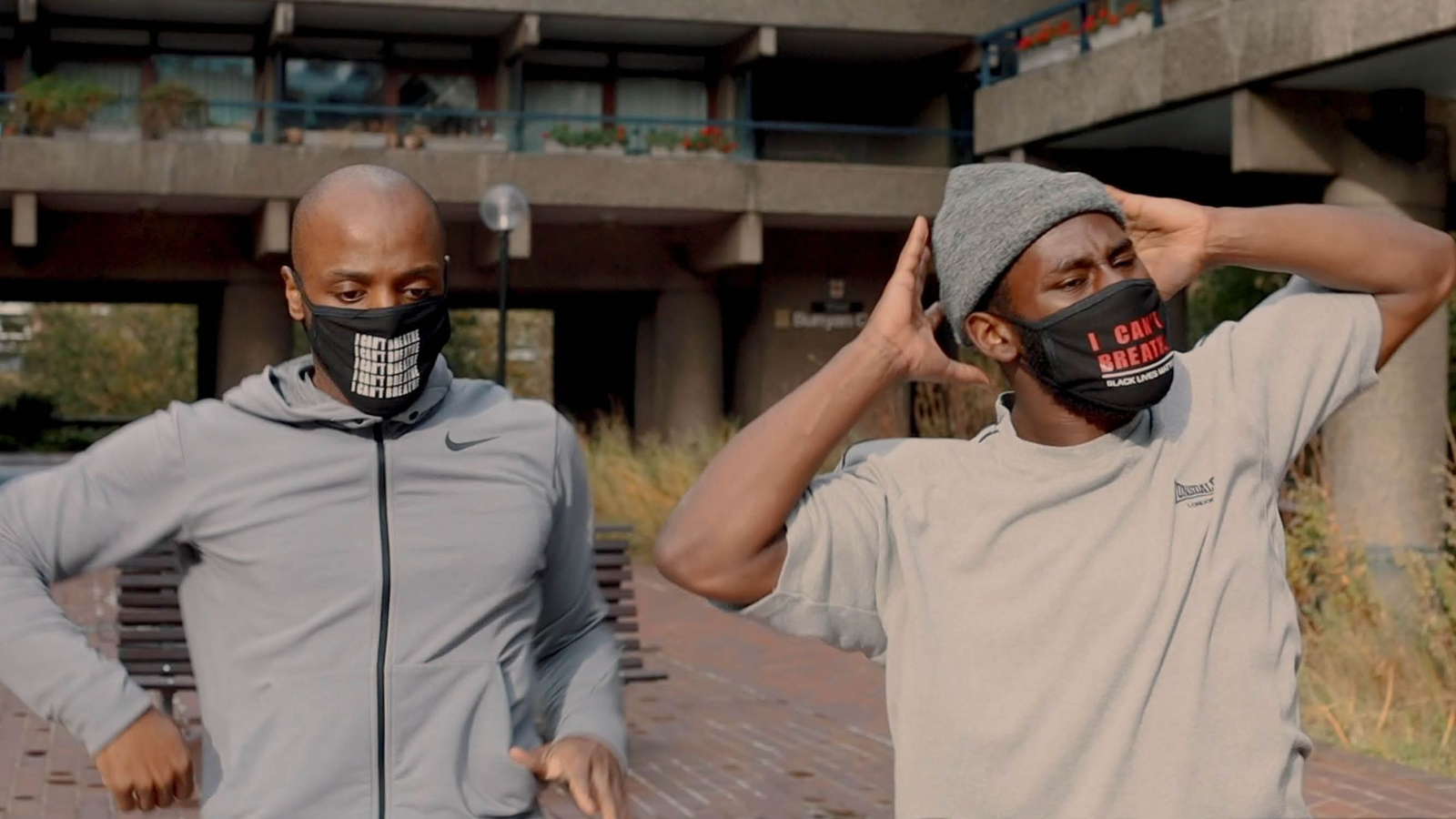
What has the response been like?
The response has been quite incredible actually. I’ve had a lot of people reach out to me from numerous platforms speaking about how it impacted them. People have really responded to the tenderness of the piece and the beautiful visuals associated with that, but it has also produced some emotional responses.
Overwhelmingly though, the responses I have heard from people is that they see it as this beautiful sign of hope, despite the harrowing realities explored in light of the last six months. What has been quite beautiful is that the whole story seems to leave a sense of hope in the minds of the viewer, especially the Black viewers who have responded and given me their thoughts around that.
It was also quite powerful for some of the young people that I work with to see a representation of themselves in a way that isn’t often depicted in most of the media they consume It’s been amazing seeing different young boys’ responses and hearing them articulate how challenging, yet positive, it is for them to reimagine themselves in that way. Seeing some of their experiences played out in an artistic form is something that I think has been great for them.
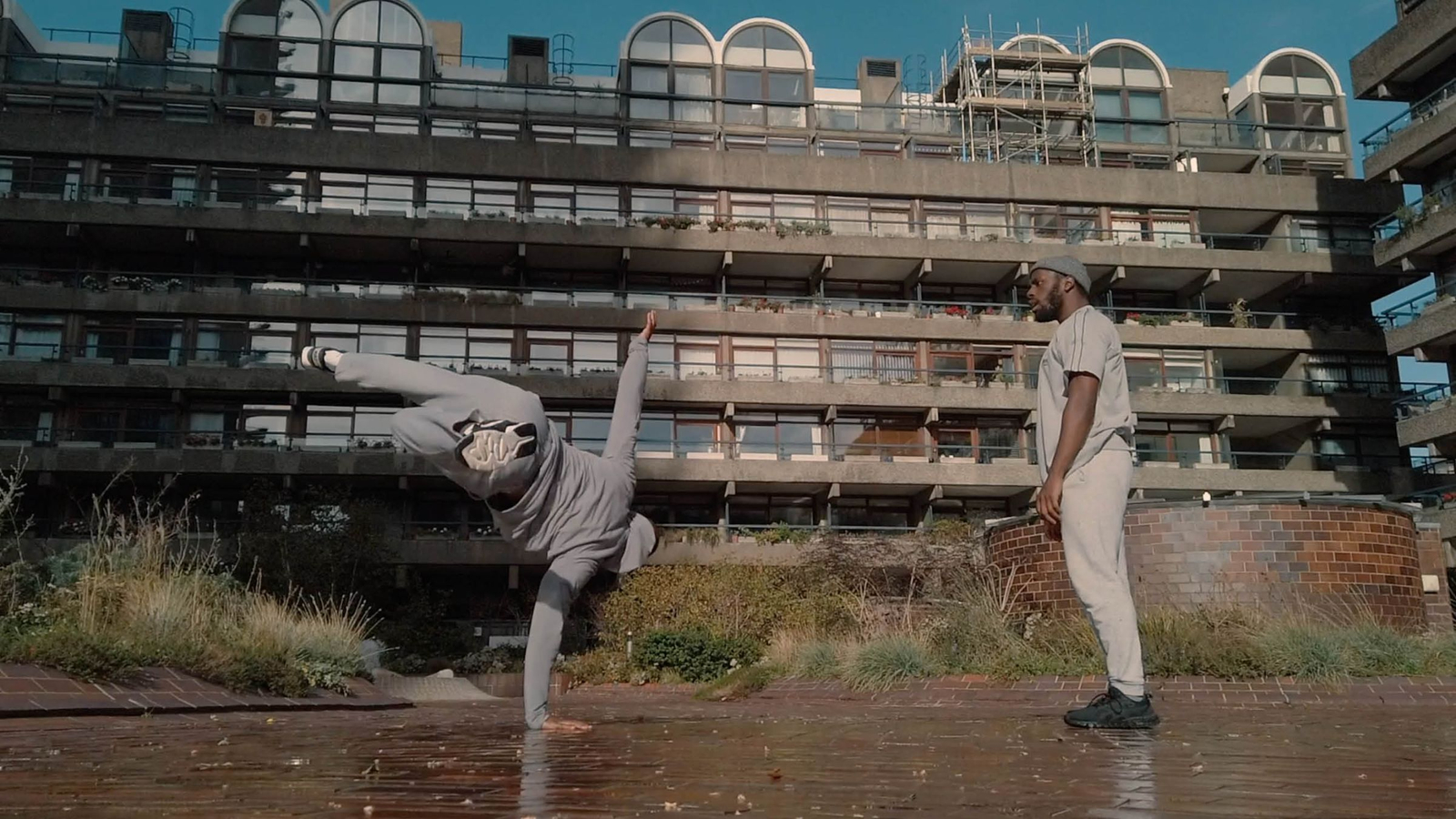

Who was the film for and directed at? Are you targeting young people specifically?
Firstly the film was created for me. I needed the film and it was a cathartic process for me. It was my perfect way to purge a lot of the emotions that have been sitting and brewing in me, brought on by events from the pandemic to the racial pandemic and subsequent Black Lives Matter movement, to what was going on in Nigeria and countless other countries. It just seemed like the perfect process for me to explore those emotions. So it was for me, but as most of those feelings that I felt are an echo of what a lot people have been feeling these last months, it ended up being for them, too. And while those people are inevitably Black folks, I also think it gave a window into the reimagination process to non-Black folks to be able to follow a stream of thought and to be emotionally challenged to consider what their part can be in creating a future – one that is not just good for all non-Black folks, but actually specifically thinking about what they can do to also be positively participatory in creating a positive Black future. And lastly, I had Black men and boys in mind, with the aim of trying to shatter the stereotypical narrative of stoicism and a specific idea of Black masculinity which is installed in them from a young age.
The film was made to address the relationship between Black History month and an imagined Black future. Can you expand on this, and how Black history is not in the past but an ongoing chronicle?
I think the idea of Black history is an interesting conversation in light of the Western world and the way we dedicate only one month to celebrating Black history. In particular, when we think of the last six months, the thought process around what Black history means has shifted. The world realised the importance of taking Black history off the page; away from the Martin Luther King quotes and other rhetorics that resurface in the UK each October. I wanted to bring it to a more contemporary experience, to really think about what is the current experience of Black folks now and how that shapes what the next history – the future – will be.
I wanted to re-centre the conversation about what Black experiences are, not just looking back at what Black experiences have been in terms of legacies of slavery and those who toiled consistently for what we have now. Instead, I wanted to think about the current future, the current young people, the current experiences of Black folks and how it looks to shape our own future. And without actually exploring what the barriers are now, we are doing a disservice to what the future can be and for me I wanted to shift the narrative from just looking behind to really looking at what’s happening now, to us trying to shape what the future could be – that’s what I wanted to encourage people to do more – not just one month in the year but to actually think about how practices, protocols, ideas, systems can be shifted and dismantled in a bid to us trying to create a future that is positive for Black folks and specifically Black youth. I think ultimately that was what I wanted to address with this piece.
You mentioned that you collaborated with a previous mentee from The Agency for this film – can you tell us a bit more about this collaboration; how did this shape or influence the project’s outcome?
Yes! His name is Mikhi Fearon. He’s a young person who I worked with for about a year on the Agency program, he was a lover of photography and managed to get himself a camera through the project. I guess I unofficially took him under my wing as a mentee on the project. When I was writing this piece and wanted to visualise it I reached out to him, we had lunch and we talked through the ideas. He seemed really keen because he’s also an actor as well as a photography enthusiast, and wanted to learn more about filming and directing so it seemed like marriage made in heaven to invite him to be part of it.
Subscribe to shado's weekly newsletter
Exclusive event news, job and creative opportunities, first access to tickets and – just in case you missed them – our picks of the week, from inside shado and out.

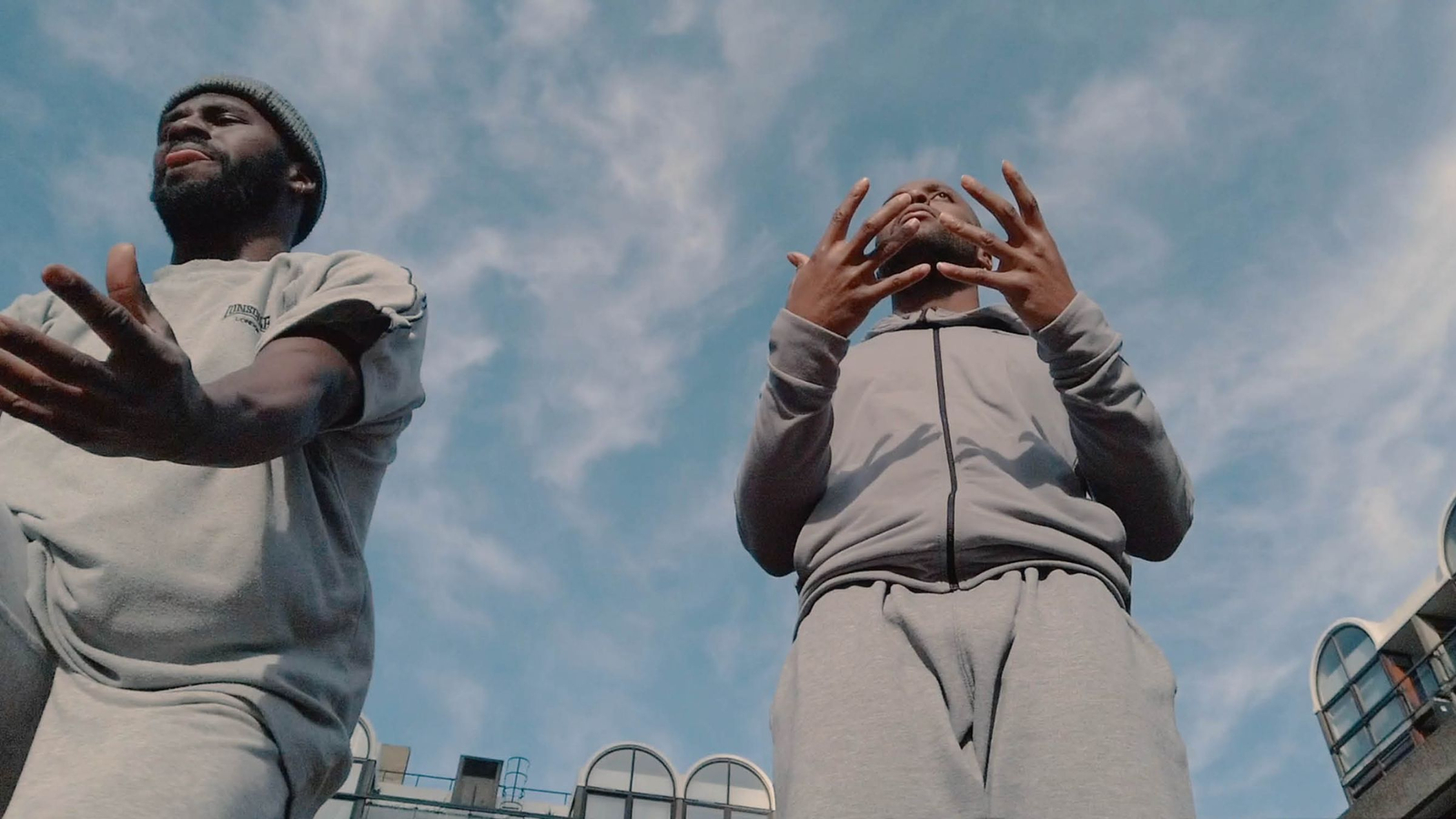
Black Future is about re-imagining “a future where Black folx can ignite the fire of a dream while opening their eyes to live it to the fullest.” Can you explain in more depth what you mean by this?
This short excerpt for me was more about exploring the idea that when we think about Black futures, what we are very privy to in the Black present is the fact that there is a lot of people that have laid the groundwork for what potentially could be a beautiful Black future, but never lived long enough to do that. Or they are living in fear, or if they aren’t losing their lives physically, they are incarcerated mentally through the concepts of Black masculinities or the limitations placed on Black realties. For me, this piece was not just looking at it from a literal perspective in terms of trying to free our minds and our bodies to live out a Black future that is without prohibition, but actually to live out a Black future that is limitless; a Black future that is full of imagination and possibility. And I think for me, that is what the excerpt is trying to say – Not only should we create a world that is beautifully imaginative and counter-stereotypical that allows Black lives to thrive – but this time, it’s a world in which we can stay alive to witness and experience it.
The film is beautifully choreographed – why was dance chosen as a medium of expression?
Dance seemed like a beautiful way to explore the counter-stereotypical ideologies of Black masculinities, which I wanted to be the underpinning theme throughout the piece. I wanted there to be movements that were tender and movements that were emotive and vulnerable in nature. Alongside this, I wanted there to be movements that were stereotypical when we think about the ideas of Black masculinities – those of strength and stoicism – so dance seemed like the perfect medium to explore those themes in ways that would immediately resonate with the viewers. The music choice for the piece was very soulful and had a lot of strings, so I wanted there to be movement that followed through those emotional chords.
What changes (if any) have you seen since George Floyd’s murder in June and what do you view as young people’s roles in leading this change?
To be very honest, there have been tokenistic ‘changes’, which are more like gestures. I’ve seen a lot of black squares; I’ve seen a lot of instagram handles and posts talking about white supremacy. On the one hand, it is great to see and hear that people are realising they have consistently cemented the idea of privilege and white supremacy. It’s no longer seen as just a conspiracy, but actually understood as fact. But what remains to be seen is how long lasting these black squares are in terms of people’s commitments and ideas and journeys towards real allyship.
I’ve seen a lot of acknowledgements in a lot of corporate spaces and art institutions. I’ve seen how this is supposedly creating restructures within institutions and corporations – and hopefully these principles will start to permeate to all layers and all stratas of society. Right now, I’m still in the observation stage, I’m yet to see how long lasting some of these ideas and these changes are and how they will be meaningfully implemented in institutions and schools. I’ve seen slight changes, or at least desires to change; decolonising curriculums in schools to uproot these ideas which are deeply and insidiously rooted in the education system. I’ve been on multiple panel discussions on the way forward for an equitable non-racial non-white supremist society. Whether or not these things yield concrete change we are yet to see.
I think it is far too early to beat out what is tokenistic to what is genuine a desire for long lasting implemented change, but I am cautiously hopeful. I have seen more awakenings from younger generations of all races concerning what roles they have to play to eradicate some of the real ills that are consistently present in a society that is disproportionately affecting Black people. When we look at the political structures that we still have in this country, I haven’t seen any change nor even any acknowledgments of what Black Lives Matter means in the context of the UK’s history to policing, to deaths in custody and disproportionate mental health practices and health practices. But my film is still about hope: amongst the virtue-signalling, I’ve seen some genuine desire for change – long may that continue! – and I hope it becomes spearheaded. I’ve seen some real genuine desires for long lasting change and long may that continue but hopefully that becomes spearheaded.
Watch Kay Rufai’s Black Future HERE
